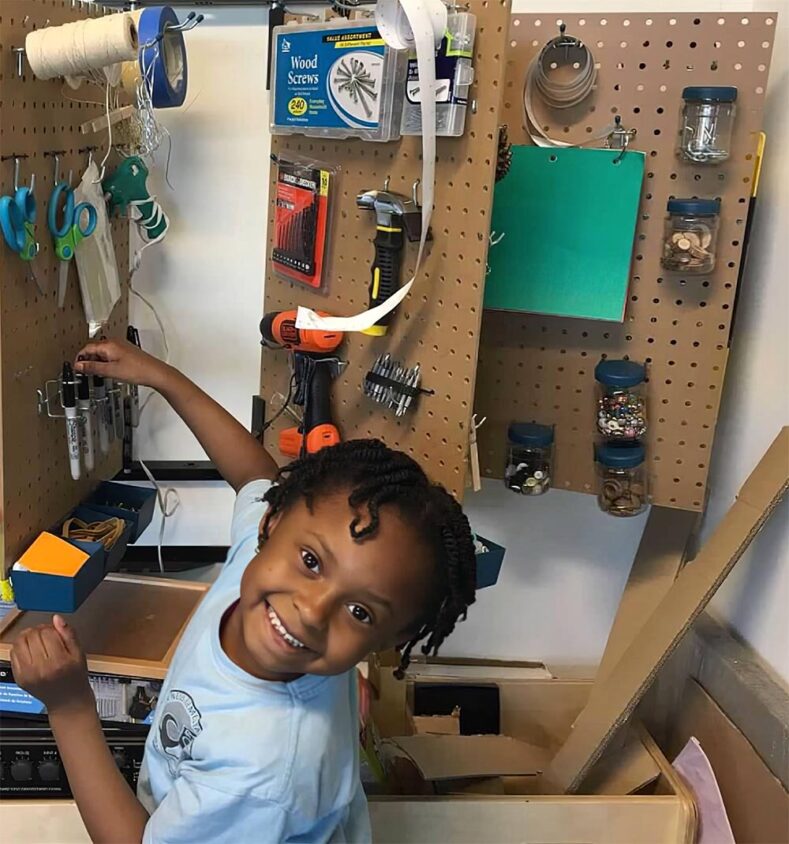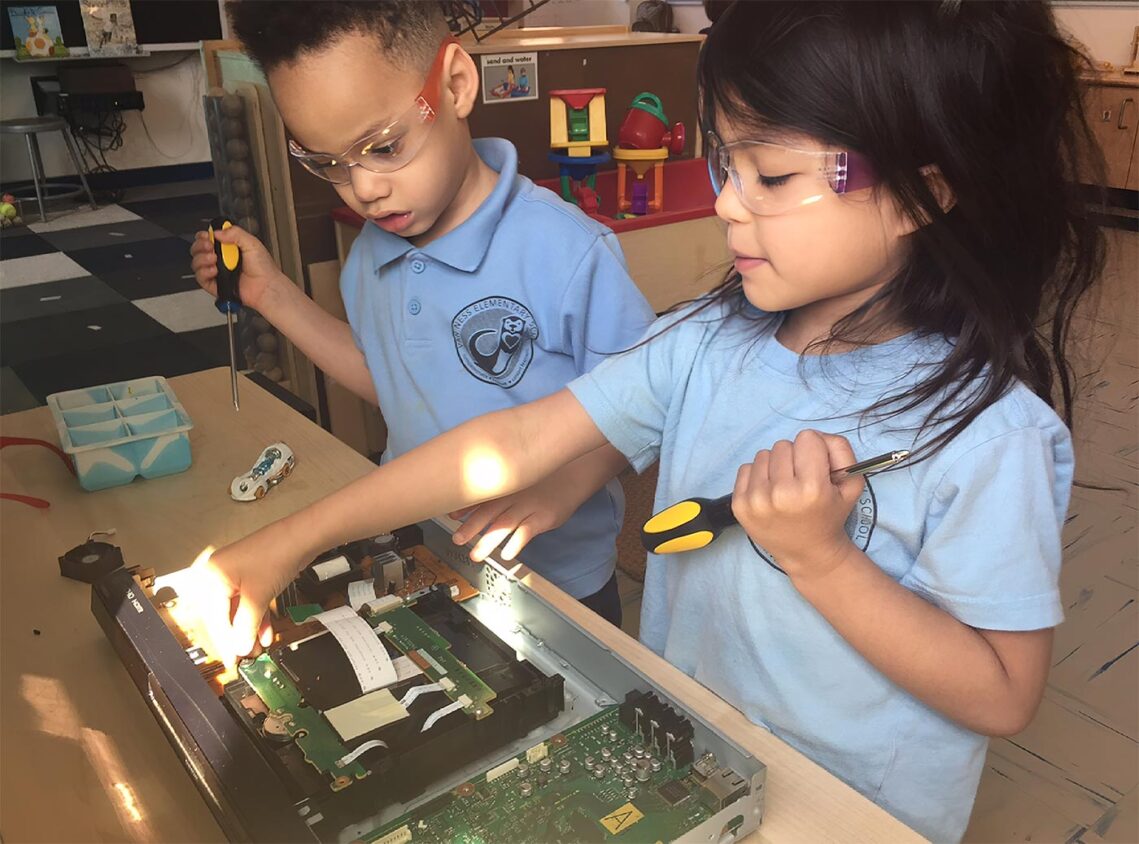When is a School’s Learning Model Good Enough to Share?

When exactly is a school’s learning environment “good enough” to share with potential adopters? And when it’s shared, how can it be adopted and adapted successfully? What implementation supports—for teachers and leaders—are most crucial?

At Transcend, we partner with schools and other entities to build, codify and spread learning models that are innovative, effective, and equitable. We do this so communities have a broader, more diverse range of outstanding, relevant options to consider adapting into their unique contexts. One of our partners is Van Ness Elementary, a preK – 4th grade public school in Washington D.C. The founder – Cynthia Robinson-Rivers – has articulated a vision that deeply inspires us. She aspires to see a city and a nation where every child attends a school in which his or her well-being is a central priority. She envisions a nation where schools mitigate the negative effects of stress and trauma by establishing environments in which all students feel safe and loved, and can develop the socio-emotional and academic skills they need to thrive.
We are both humbled and honored to partner with her to build and codify a school model that is making this vision a reality, and to share this model with others. We’re thrilled to share an update.
A Catalytic Model
Since 2016, Transcend has partnered with Van Ness to develop a school model that puts learner well-being at its center. Van Ness is part of a large urban system, DC Public Schools, and there is strong demand for its model, both in DCPS and beyond. The growing interest reflects the increasing number of school systems across the country who are investing in socio-emotional learning (SEL) and student mental health. In our experience, schools and educators are hungry to know what this looks like in practice. A recent CASEL survey confirms that 98% of school leaders believe socio-emotional learning and well-being will benefit all students, but only 35% have a plan for teaching SEL. As system level efforts grow, school leaders need a mechanism to “get granular” and translate these ideas into powerful experiences for their students. This requires translating broad concepts into a cohesive learning model, which enables educators to undertake concrete practices that are cohesive, responsive to their individual students, and feasible to implement in each school’s unique community.

Beginning to spread
In early 2019, we launched the work to begin spreading the student well-being component of the Van Ness school model. We decided to start small so we could continue to test the model in diverse contexts and test our method of growth. With the support of DCPS, we selected five elementary schools from across the city to participate in a Whole Child Collaborative (WCC). We developed and implemented a series of professional development experiences to help each school pilot the student wellbeing component in two or three classrooms this year, with the goal of rolling it out school wide in the fall of 2020.
As we see the model begin to take root in new places, we are encouraged by our early results. Since our March launch, participants in the Whole Child Collaborative show continued investment in the model, as measured by our ongoing surveys, their strong engagement, and their persistence in implementation despite staffing challenges. After our October recent convening, the leader of a partner school commented, “I’m all in on the model, both in theory and in practice seen at Van Ness and [in the results we’re] starting to see at our school.”
Our early observations show strong foundations of implementation: teachers consistently attempt all parts of Strong Start (our morning routine, meant to foster safety and connection while teaching socio-emotional skills), are creating warm and welcoming physical environments, and are increasingly mindful of the impact their language and tone has on how students feel.

Learning from spread
For us, this early phase of spread is equally about learning as it is about expanding our impact.
We are continually deepening our understanding of the tools and experiences that schools most need to implement this well. A few lessons we’ve learned from early data and observations are:
- Implementing the model well requires that adults examine the experiences that influence how they understand and respond to student behavior, and consider how those relate to the beliefs underlying this model. For example, a teacher might believe that punishment is the best way to deter inappropriate behavior, and rely on punishment (like taking away recess) when students don’t meet expectations. This belief is in tension with the philosophy at Van Ness, where challenging behavior is seen as the communication of a need, and where discipline is done in a way that assumes positive intent and teaches students the skills they need to meet their needs.
- Building these mindsets and habits is greatly aided by scaffolded practice. This practice might look like first learning to notice behaviors that are triggering, then incorporating one or more strategies to maintain composure when triggered, and ongoing cycles of practice, feedback, and reflection with the use of calm, assertive responses to challenging behavior. Success with these strategies then reinforces the mindsets teachers need to do this well.
- Relatedly, we have also learned how valuable it is for teachers to have multiple opportunities to see the model in action at Van Ness. Early in their training, it helps school teams establish a concrete, specific vision for their own practice. Once they’ve started to implement, pilot teachers report that observations help them pick up on much more nuanced details of where they can continue to grow.
In addition to learning about how to spread, we are also learning lessons about how to make the model even stronger and adaptable for new contexts. For example, our partner schools helped us sharpen our hypothesis of which classroom design practices is “must haves” and where adaptation is needed. Our partners have also helped us understand how to better codify the model in ways that are easily accessible to them as adopters.
As we continue the work of helping more schools adopt this approach to student wellbeing, we are both clear that we have much more learning to do and more confident than ever before in the promise of the model and what it might have to say to the education field at large.


Transcend supports communities to create and spread extraordinary, equitable learning environments.

